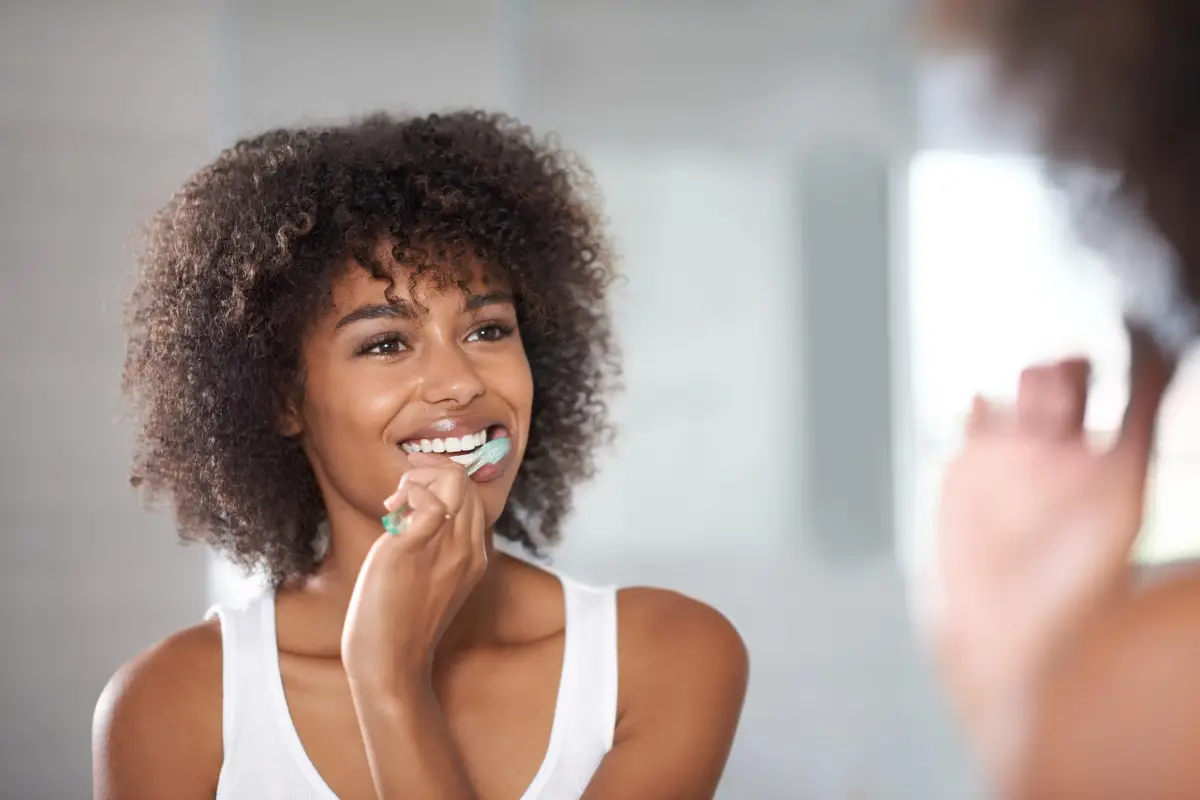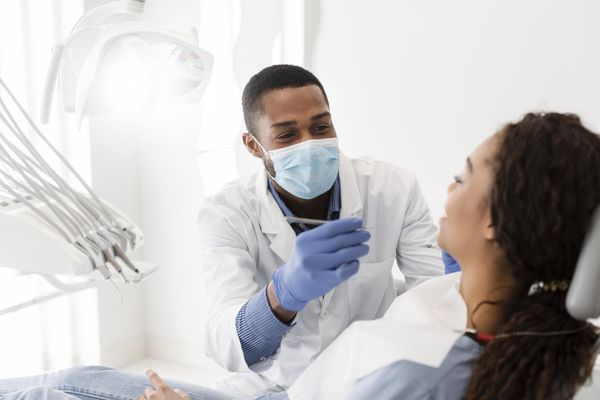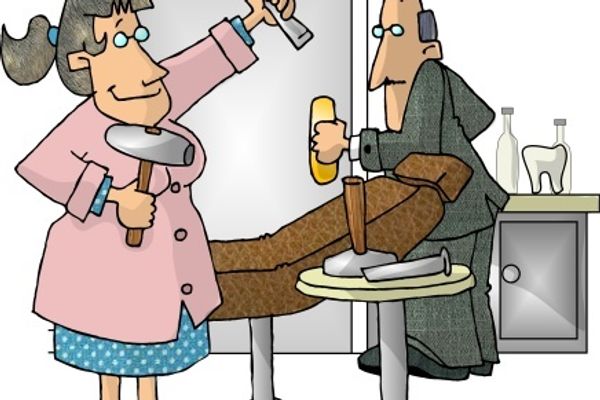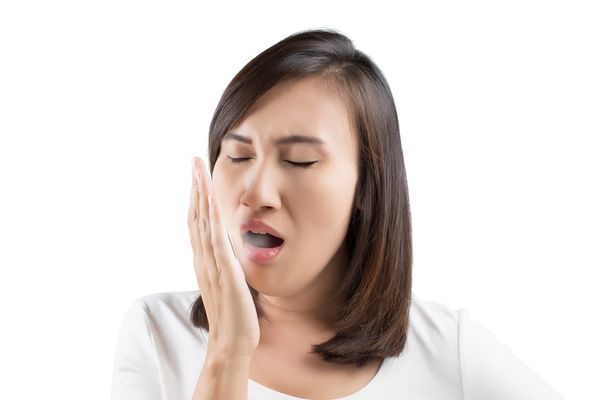According to the Oral Cancer Foundation, approximately 35,000 Americans learned they had mouth and throat cancers in 2008, and nearly 8,000 Americans die of these diseases each year.
In an effort to learn how to lower our risk of developing oral cancer and how best to care for our teeth and gums, we turned to leading New York dentist, Dr. Laura Torrado, for answers to our top five questions
1. How should I properly care for my teeth and gums? Do I really need to brush and floss after every meal?
Brushing and flossing after every meal is ideal but not always realistic. Paying attention to your diet can help. Foods such as apples, celery and cheese have cleansing qualities while meals of stickier, high-carb foods such as raisins and rice, should be followed by brushing. If brushing immediately isn't an option, chew Xylitol gum, which has alcohol sugars that bacteria cannot metabolize into acids. Or chew Trident White, which promotes recalcification.
What you drink is just as important. Juices and sodas can be acidic. That demineralizes the enamel, triggering the first stages of decay. Ten minutes after drinking an acidic drink, rinse your mouth with water.
2. When shopping for oral care products like toothbrushes and rinses, what should I look for?
If possible, invest in a good-quality electric toothbrush like Braun or Sonicare. Brushing with an electric toothbrush is more efficient than manual brushing. If you're on a tight budget, a soft-bristle manual toothbrush is the next-best thing. When brushing, be sure to angle the brush 45 degrees at the gumline to reach the crevice where tooth and gum meet and where bacteria love to hide. Getting rid of plaque under the gum will help you avoid inflammation of the gums (gingivitis) and the more advanced stages of gum disease like periodontitis.
Most commercial rinses have a high alcohol content that can dry oral tissues. I recommend rinses with fluoride and antibacterials that don't dry out the mouth. This is especially important if you take certain prescription medications that reduce saliva flow and cause "dry mouth." A high-alcohol rinse and mouth-drying medications can really irritate gums. If you think you have dry mouth, try Biotene, a product line made for people with dry mouth. Saliva replacement gel and gum may also help reduce dry-mouth discomfort.
3. How often should I visit my dentist and, when I do, what should I expect?
During your visit, your dentist should examine soft tissue, tooth structure and check for oral cancer. The frequency of visits depends on your individual needs and could be anywhere from three to six months.
4. What are the symptoms and causes of oral cancer?
Unfortunately, because oral cancer is painless, it's easy for you to overlook symptoms like changes in gum tissue, even when they're visible. By the time your dentist sees it, the cancer may have spread. I advise my patients to look for changes in color and texture or a lump or thickening in the mouth, neck or face. If you notice changes in color that don't heal after 10 days or if you have a lesion or mouth sore that does not go away within two weeks, ask your dentist to take a look. Your dentist may perform a biopsy to check the lesion.
If you smoke or drink alcohol daily, you increase the chances that lesions might be precancerous. Fortunately, quitting tobacco and alcohol significantly lowers your risk of developing these cancers, even after many years of abuse. Keep in mind however, although tobacco and alcohol are risk factors in developing oral cancer, approximately 25% of oral cancer patients have no known risk factors. Studies suggest that a diet high in fruits and vegetables may prevent the development of potentially cancerous lesions.
5. What is the most important thing I should know about oral cancer?
Early detection is critical, so my mantra is: Color changes to red or white in the gums that don't heal and don't hurt need to be looked at by your dentist.
Dr. Laura Torrado graduated from the New York University College of Dentistry in 1989. She continued her post-graduate studies in full mouth rehabilitation and fixed and removable prosthetics and completed a post-graduate program in esthetic dentistry. In 2004, she completed her certification in Invisalign technologies, and in 2005 she received her Fellowship from the Academy of General Dentistry. Dr. Torrado belongs to multiple professional organizations, including the American Dental Association, Academy of General Dentistry, American Academy of Cosmetic Dentistry, American Association of Women Dentists and SAMDSNY. In addition to Dr. Torrado's commitment to dentistry, she is also a passionate humanitarian. She has participated in the “Give Back a Smile Program" with the AACD, Safe Horizons organization and Amnesty International.







